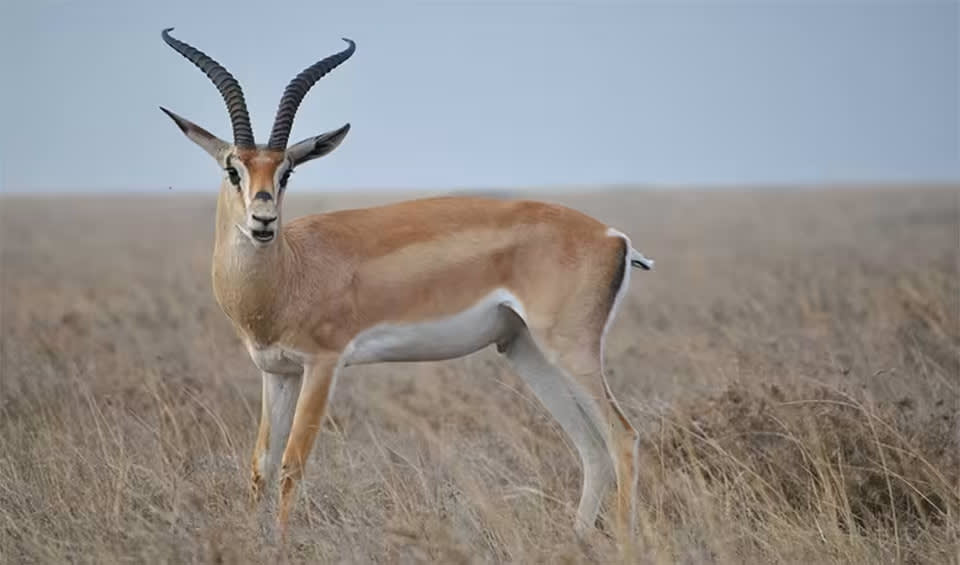The Mountain Gazelle, an emblem of the rugged beauty and delicate balance of southwest Asia’s and Israel’s ecosystems, stands as a poignant symbol of nature’s grace and the challenges faced by wildlife in the modern world. Characterized by their striking coats— a harmonious blend of white, cream, and brown—these creatures exude an elegance that is as captivating as it is rare.
Mountain Gazelles are renowned for their exceptional climbing abilities, a testament to their evolutionary adaptations. Their feet and hooves are marvels of natural engineering, designed for precision and agility on the rocky, uneven terrains they call home. This specialized anatomy allows them to navigate steep slopes and craggy outcrops with ease, escaping predators and accessing the sparse vegetation that sustains them.
As diurnal beings, Mountain Gazelles embody the rhythm of the daylight hours, embracing the warmth of the sun to forage, socialize, and roam their territories. Their diet is a testament to their adaptability, comprising grasses, shrubs, leaves, and other plant matter that they meticulously select from their arid and semi-arid habitats. This selective feeding behavior not only sustains the gazelles but also plays a crucial role in maintaining the health and diversity of the vegetation in their ecosystems.
Despite their resilience and adaptability, Mountain Gazelles face a precarious future. The International Union for Conservation of Nature (IUCN) has listed them as Endangered, with their populations in a concerning state of rapid decline. The primary threats to their survival are twofold: habitat loss and poaching. As human populations expand into the gazelles’ natural habitats, the spaces in which these animals can live and thrive are shrinking. Urbanization, agricultural development, and the construction of roads and infrastructure fragment their living spaces, disrupting their migration patterns, breeding grounds, and access to essential resources.
Distribution
 Egypt
Egypt Israel
Israel Official estimate
Official estimate
 Jordan
Jordan Lebanon
Lebanon Syria
Syria Turkey
TurkeyAnything we've missed?
Help us improve this page by suggesting edits. Glory never dies!
Suggest an editGet to know me
Terrestrial / Aquatic
Altricial / Precocial
Polygamous / Monogamous
Dimorphic (size) / Monomorphic
Active: Diurnal / Nocturnal
Social behavior: Solitary / Pack / Herd
Diet: Carnivore / Herbivore / Omnivore / Piscivorous / Insectivore
Migratory: Yes / No
Domesticated: Yes / No
Dangerous: Yes / No





